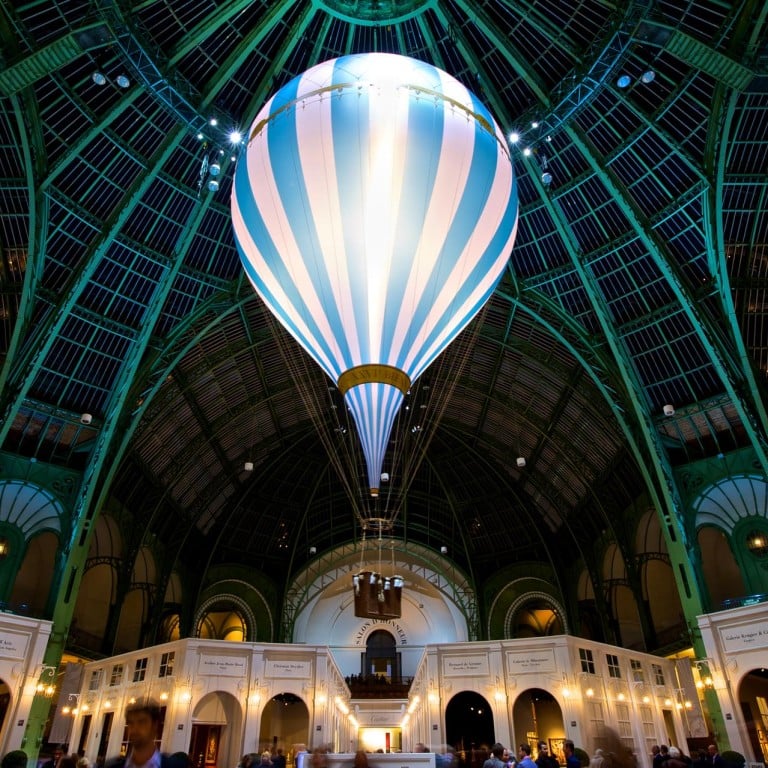Jewellery houses create special collections for Paris Biennale

Curtain to rise on the world's most prestigious jewellery show in Paris
The most exquisite and exclusive jewellery show of its kind, the Biennale des Antiquaires, will open its doors in Paris next week for its 27th edition. The star- and diamond-studded event spans arts, antiques and jewels, but the latter component has been growing every edition.
In 2012, Chanel and Cartier doubled the size of their stands, and this year a large number of jewellers have created collections especially to be showcased at the Biennale, underlining the importance that the great maisons have attributed to this event.
An annual fair when it began in 1956, the Biennale became bi-annual in 1962 and relocated to the Grand Palais, a legendary Parisian landmark built for the Universal Exhibition of 1900, with its famed glass roof watching over a magical setting of pavilions, gardens and fountains. The breathtaking venue attracts A-list celebrities, and the VIP guests in attendance at the last fair included Charlotte Casiraghi, Salma Hayek, Sophie Marceau and Anna Mouglalis.
Making the most out of the stunning setting, the Biennale organisers enlist high-profile design professionals to collaborate on the art direction of the staging and visual collateral. Karl Lagerfeld was invited to do so in 2012, and past invitees have included Christian Lacroix, Pier Luigi Pizzi, an Italian opera director, set and costume designer, and Jean-Michel Wilmotte, a French architect. Lagerfeld considers the Grand Palais his favourite place in Paris, rife with memories of outsize Chanel runway shows he has held there; and he conceived a direction that was, at the time, the grandest yet of the Biennale.

Evoking the 19th century's city's elegant shop windows and arcades, the main walkway was modelled on the Champs-Élysées and featured allusions to Place de la Concorde, the largest square in the capital, and a 7-metre-high Arc de Triomphe, to create the feeling of exploring the city on foot. Even the floor covering was carefully considered, with a carpeting of the show floor with a textile print resembling cobbled pavestones. Lagerfeld's concept emphasised the immensity of the thick plate glass roof, which appeared like a protective sky. In doing so his team decorated parts of the restored Salon d'Honneur, an extension of the nave of the Grand Palais that is topped by a giant glass window, and served as a military hospital during the second world war.
For the 27th edition this year, the responsibility goes to the acclaimed interior designer Jacques Grange, a 18th, 19th and 20th centuries enthusiast. Grange, an art lover who bought a Toulouse-Lautrec at just 18, owns a Parisian abode that was once a home of the writer Colette, and counts some of today's most serious art collectors as his clients.
For the event's design concept, Grange chose to celebrate the 400th anniversary of André Le Nôtre (1613-1700), the landscape designer behind the Gardens of Versailles. "I wanted to interpret [Le Nôtre's] work in the Grand Palais and pay homage to his amazing talent," Grange says. Guests attending Biennale next week will be able to experience the designer's recreation of the Gardens, a feat which Grange accomplished with help from the gardeners from Château de Versailles and Trianon.
